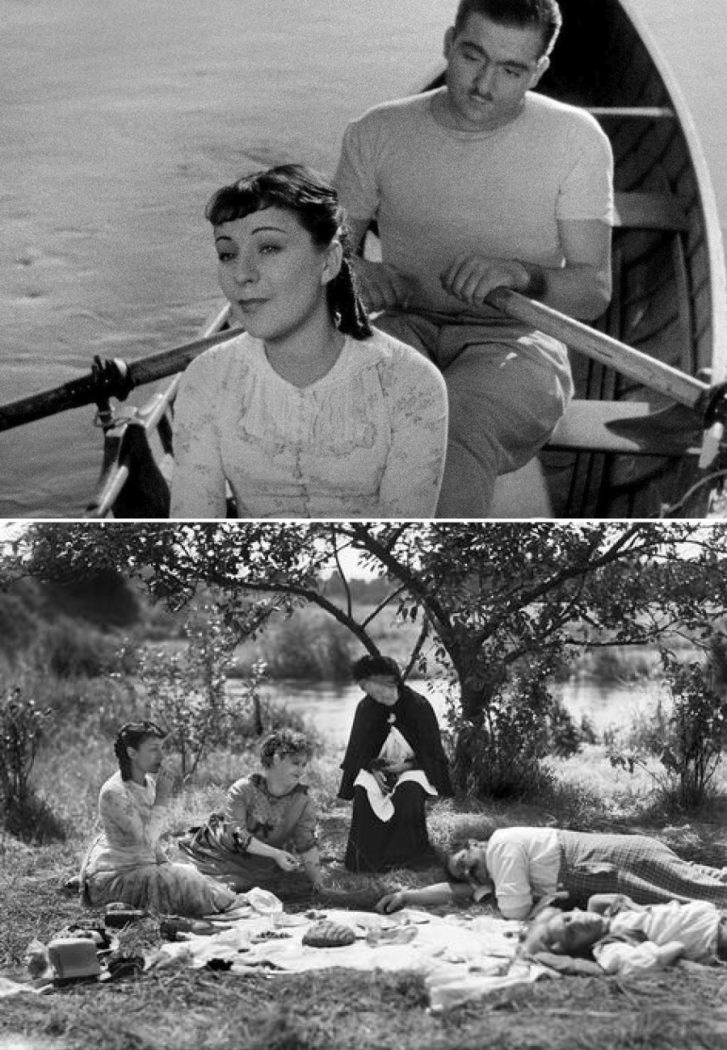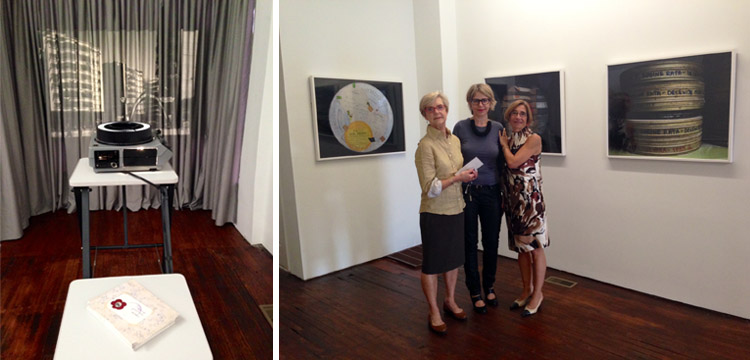Pierre-Auguste Renoir’s son, Jean, became one of the most important French directors of the 20th century. His now classic film La Grande Illusion follows two French soldiers during the First World War, Captain de Boeldieu and Lieutenant Maréchal, who are captured and imprisoned in a German P.O.W. camp and attempt to escape. The making of La Grande Illusion was “marked by some fortunate circumstances,” explains Nick Macdonald, in his book In Search of La Grande Illusion: A Critical Appreciation of Jean Renoir’s Elusive Masterpiece. One early circumstance that led to the creation of the film stemmed from Renoir’s own experience in the war:

Mid–World War I: (left to right) Georges Rivière, Paul Cézanne, Jr., Jean Renoir; Jean-Pierre and Aline Cézanne in front (ca. 1916) (UCLA Charles E. Young Research Library, Department of Special Collections, Jean Renoir Collection).
“The series of lucky breaks and chance encounters that helped lead to the movie as we know it began twenty years earlier, during World War I. Renoir had enlisted and, in 1916, was assigned to air reconnaissance, like Maréchal. During one mission, his Caudron, an old-style airplane, was attacked by a German Fokker. A French fighter plane shot down the attacking Fokker and saved him; his rescuer turned out to be Captain Armand Pinsard, an acclaimed ace in the French air force.
A champagne dinner at their canteen celebrated the occasion and they became friends. During their time together, Pinsard talked about horses he had trained. They were separated when Renoir’s squadron transferred to another area.
Years later, in 1934, while Renoir was filming Toni in the south of France, planes from a nearby airfield flew overhead, disrupting his sound recording. He went to the base and found that the commanding officer was Pinsard. The planes were rerouted and the two veterans renewed their friendship, dining together often, with Pinsard recounting his wartime adventures, many of which had already been publicized in a 1917 magazine article.
Pinsard had been shot down a number of times and once succeeded in tunneling through a thick prison wall to escape captivity. Renoir made an outline that covered his exploits, “Les Évasions du Colonel Pinsard” (“The Escapes of Colonel Pinsard”), and thought it might be the basis for a good film some day.”



